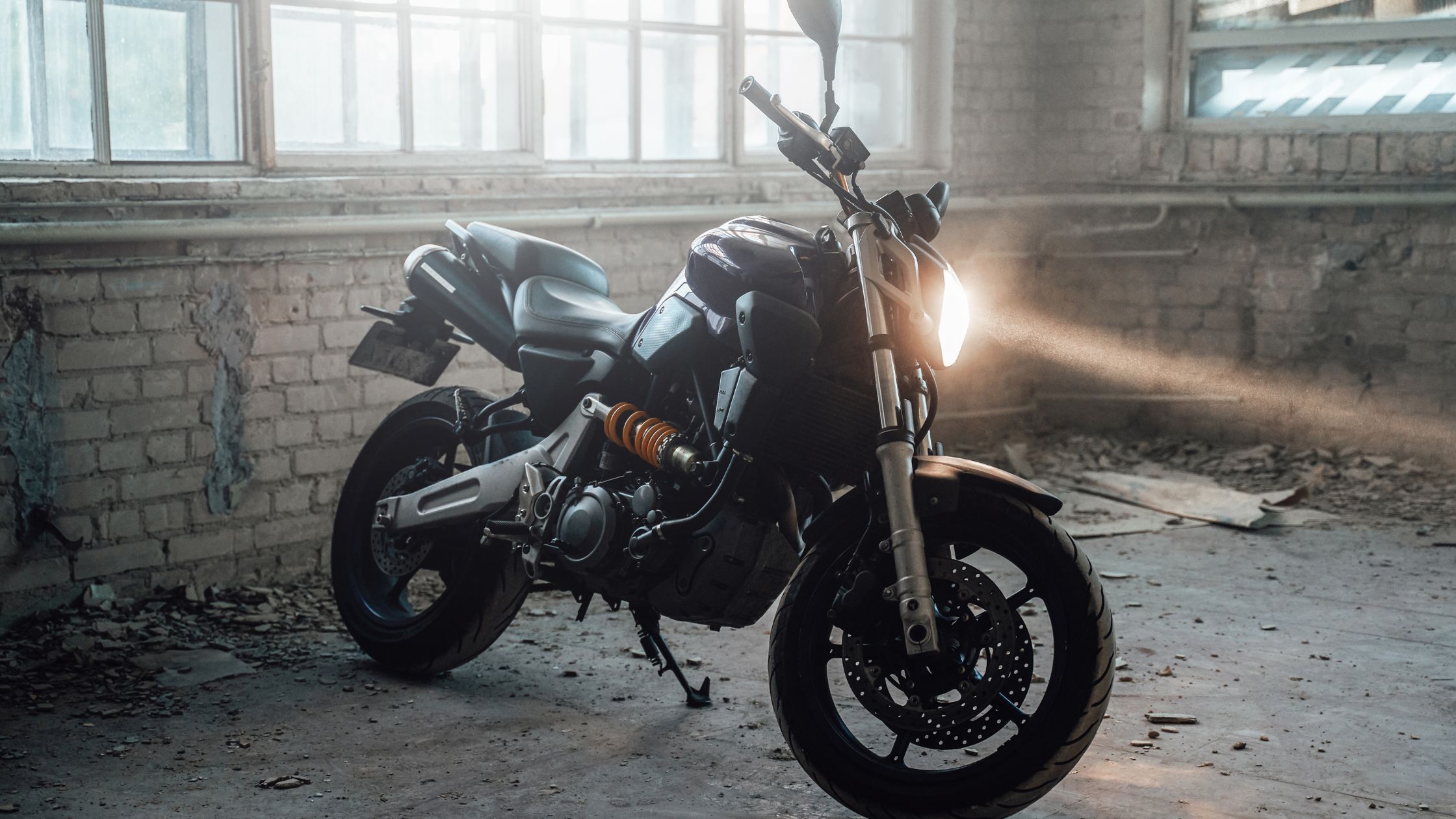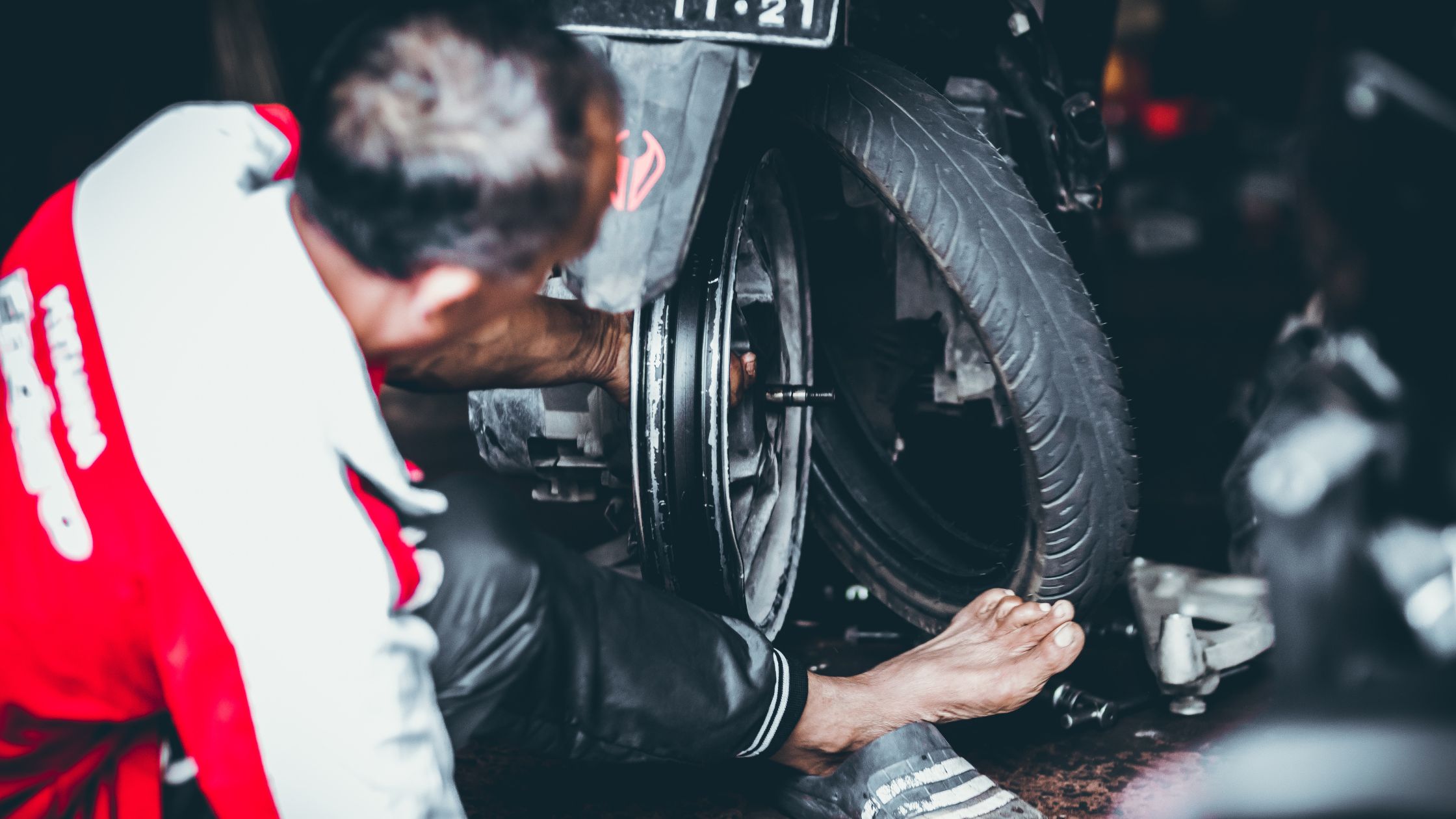Jika anda sedang mencari What Is The Motor Controller, anda berada di tempat yang tepat! Disini saya akan mencoba membahas beberapa pertanyaan mengenai What Is The Motor Controller.
What is a controller for a motor?
Motor controllers are devices that regulate the operation of an electric motor. In artificial lift applications, motor controllers generally refer to those devices used in conjunction with switchboards or variable frequency drives to control the operation of the prime mover.
How does motor controller work?
Motor controllers are usually supplied with AC power. The power that comes in to a controller is at a set frequency. The motor controller first turns that AC to DC, then turns the DC back into AC at the right frequency. It uses a device called a rectifier to make DC current.
Why do I need a motor controller?
A Motor Controller is a device that acts as intermediary between your robot’s microcontroller, batteries and motors. A motor controller is necessary because a microcontroller can usually only provide roughly 0.1 Amps of current whereas most actuators (DC motors, DC gear motors, servo motors etc.) require several Amps.
What are motor controllers and it’s types?
There are four basic motor controller and drive types: AC, DC, servo, and stepper, each having an input power type modified to the desired output function to match with an application. From left to right, an AC servo motor, a DC brush-less motor, and a stepper motor.
What is the difference between a motor driver and a motor controller?
The main difference between a motor controller and a motor driver is, the motor controller is responsible for the controlling speed, torque, the direction of the motor whereas a motor driver is responsible to provide enough electrical power to the motor as per requirement.
What are the components of motor control?
Volition. Coordination of signals to many muscle groups. Proprioception. Postural adjustments. Sensory feedback. Compensation for the physical characteristics of the body and muscles. Unconscious processing. Adaptability.
What is AC motor controller?
An AC motor controller is known as the device that controls the speed of the AC motor. An AC controller can also be referred to as a variable frequency drive, adjustable speed drive, frequency converter and more. The AC motor receives power, which is converted by the AC motor controller into an adjustable frequency.
Do you need a motor controller for DC motor?
For most applications involving a DC or BLDC (brushless DC) motor, it is advisable to use a motor controller, in fact if you are using a brushless (electrically commutated “EC”) motor, then you have to use a controller to fire the correct phase winding at the right time.
What is a smart motor controller?
Smart Motor Control provides a continuous flow of valuable process and diagnostic data to your design environment, visualization system, information software and GuardLogix® Programmable Automation Controller – facilitating The Connected Enterprise and helping to increase productivity and minimize downtime while …
What are the 3 motor control devices?
There are mainly there are three types of motor control circuits: Direct On Line Starter (DOL starter) Star Delta Starter.
What is an example of motor control?
An example of fine motor control is picking up a small item with the index finger (pointer finger or forefinger) and thumb. The opposite of fine motor control is gross (large, general) motor control. An example of gross motor control is waving an arm in greeting.
What is a motor speed controller?
Motor speed controllers are electronic devices that control motor speed. They take a signal for the needed speed and drive a motor to that speed. There are a variety of motor speed controllers available.

What is the principle of VFD?
Pulse Width Modulated Variable Frequency Drives. When operated from a constant frequency power source (typically 60Hz), AC induction motors are fixed speed devices. A variable frequency drive controls the speed of an AC motor by varying the frequency supplied to the motor.
What controls a DC motor?
DC motors are powered by direct current, and, unlike AC motors, their speed is easy to adjust. The characteristics of a DC motor are represented by its torque-speed curve, in which speed and load torque are inversely proportional. This torque-speed curve translates with changes in drive voltage.
What is the main objective of motor control?
A motor controller might include a manual or automatic means for starting and stopping the motor, selecting forward or reverse rotation, selecting and regulating the speed, regulating or limiting the torque, and protecting against overloads and electrical faults.
Where does motor control happen?
The brain’s motor system is contained mostly in the frontal lobes. It starts with premotor areas, for planning and coordinating complex movements, and ends with the primary motor cortex, where the final output is sent down the spinal cord to cause contraction and movement of specific muscles.
What is the purpose of a speed controller?
These devices control the speed of the motor by directly changing the frequency or the amplitude. By using the system to that end, there are hardly any heat losses and the speed control provides numerous programs that allow you to operate the machines.
What are the two types of speed controller?
Brushless DC Speed Control Motors. AC Speed Control Motors.
What is the formula for motor speed?
To calculate RPM for an AC induction motor, you multiply the frequency in Hertz (Hz) by 60 — for the number of seconds in a minute — by two for the negative and positive pulses in a cycle. You then divide by the number of poles the motor has: (Hz x 60 x 2) / number of poles = no-load RPM.
What is speed of motor?
Speed of a motor is the magnitude of the rotational velocity of the motor shaft. In a motion application, speed of the motor dictates how fast the axis rotates – the number of complete revolutions per unit time.
What is DC drive motor?
DC motor drives are defined as amplifiers or power modules that interface between a controller and a DC motor. They convert step and direction input from the controller to currents and voltages compatible with the motor.
What does BLDC stand for?
BLAC stands for Brushless Alternating Current while BLDC stands for Brushless Direct Current. The difference between the two is the output voltage waveform when back driven (or mechanically rotated rather than electrically), which is also known as Back EMF.
How does brushless motor controller work?
An ESC or an Electronic Speed Controller controls the brushless motor movement or speed by activating the appropriate MOSFETs to create the rotating magnetic field so that the motor rotates. The higher the frequency or the quicker the ESC goes through the 6 intervals, the higher the speed of the motor will be.
Why VFD is used in motor?
VFD stands for Variable Frequency Drive. They are used for controlling the speed of an AC motor. They are also used for ramping up a motor for a smooth startup, or to prevent a heavy load from straining the motor on startup. This is accomplished by adjusting the frequency delivered to the motor.
Terimakasih telah membaca What Is The Motor Controller, semoga jawaban dari pertanyaan anda telah saya jawab semua. Semoga bermanfaat!
 Mobil Series Situs Mobil Terbaik se-antero Bintaro
Mobil Series Situs Mobil Terbaik se-antero Bintaro
